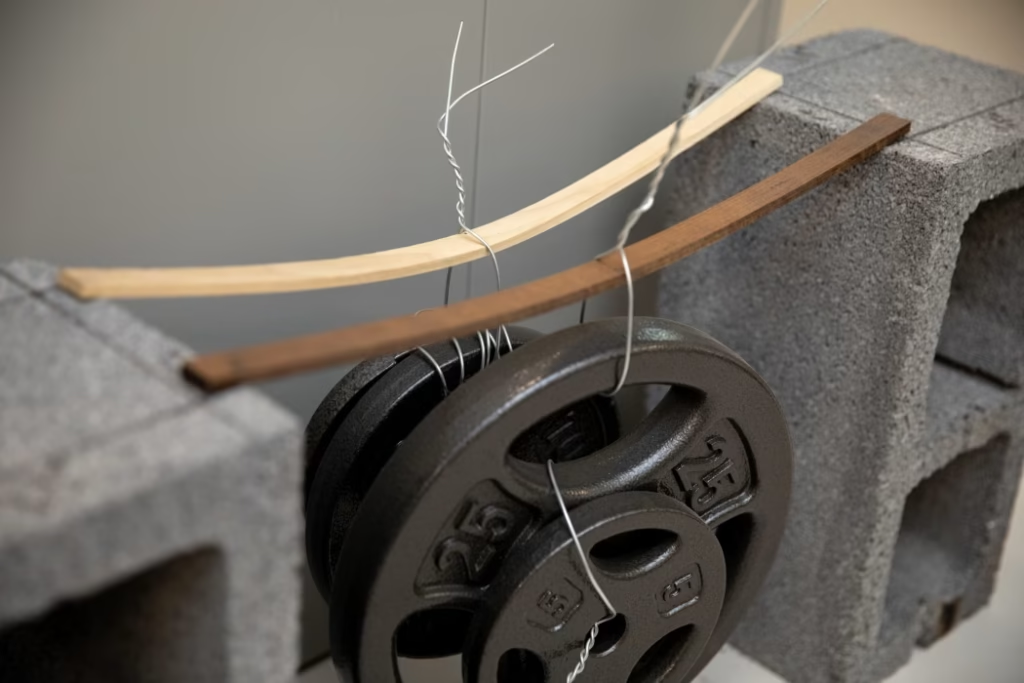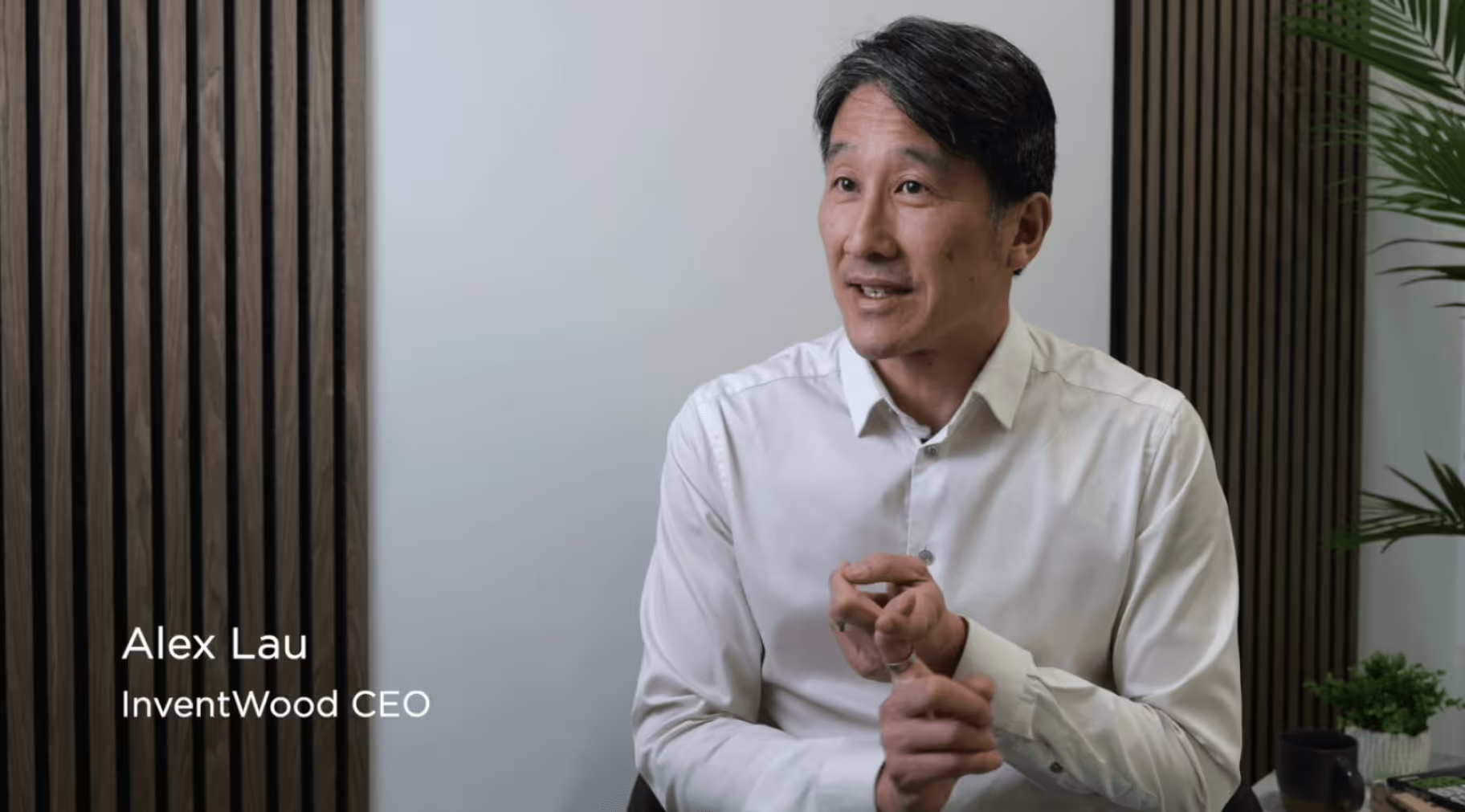Maryland has long been known for its forests and research institutions, but a Frederick County startup is turning that legacy into a launchpad for the next wave of sustainable innovation. InventWood, a University of Maryland spinout, is making headlines with its flagship product, SuperWood—a next-generation biomaterial that’s on track to upend the world’s reliance on carbon-heavy steel and aluminum.
Last June 2024, InventWood secured a $1 million Build Our Future grant, part of Governor Wes Moore’s Innovation Economy Act of 2023 for constructing a pilot manufacturing and innovation center to produce MettleWood®, a 100% wood material that is 50% stronger than steel while providing meaningful carbon sequestration benefits.

So what makes SuperWood such a game-changer? By harnessing a proprietary process that applies intense heat and pressure to sustainably sourced Maryland wood—much of it recycled or from local forests—InventWood is creating a material that’s not only 50% stronger than steel, but weighs roughly one-sixth as much. The company claims SuperWood can deliver up to 10 times the strength-to-weight ratio of steel, a feat that opens new doors for everything from construction to transportation.
According to a Wall Street Journal article title “it is bulletproof, fire-resistant and stronger Than steel”. InventWood says it could someday replace steel I-beams in the skeleton of a building, while being impact-resistant enough for bulletproof doors.
“Traditional construction materials like steel and aluminum generate significant carbon emissions through mining and smelting,” explains Dan Nadash, InventWood’s head of government and stakeholder relations. “Trees naturally sequester carbon as they grow, so our wood-based materials provide a far more sustainable alternative. We’re focused on replacing steel and aluminum in the construction sector.”

InventWood’s innovation isn’t just theoretical. In October 2024, the company introduced its first product: SuperWood siding, designed to resist fire, weather, and rot—three factors that have long limited the use of wood in demanding environments. Now, with a pipeline of over 41 granted patents covering every aspect of its process, the company is poised for a commercial rollout, and has already caught the attention of industry watchers, earning a spot on Fast Company’s World Changing Ideas 2025 list.

Founded in 2013 by Dr. Liangbing Hu’s lab at the University of Maryland, InventWood’s journey started with a deceptively simple question: Could we re-engineer wood at the nanoscale to rival the performance of steel, glass, or even foam? The answer has unlocked a decade of discoveries. Beyond just strength, the company has developed variants of wood that absorb sound, insulate buildings, and even withstand extreme UV and humidity exposure. Rigorous testing in the company’s new research labs is underway, targeting the kind of reliability needed for mainstream adoption.
The company’s momentum is backed by deep R&D partnerships and serious funding. InventWood has secured support from ARPA-E and DARPA, plus a $20 million Department of Energy grant to scale up manufacturing. Their work aligns with broader industry trends—helping decarbonize construction, sequester carbon, and upcycle wood waste at industrial scale. The company secured $15 million in the first close of its Series A funding round back in April. The milestone brings the company’s total secured capital to over $50 million as it prepares for commercial shipments in Q3 2025.
The funds are powering a new research and pilot manufacturing facility, designed specifically to advance SuperWood from lab breakthrough to market-ready material.
“SUPERWOOD demonstrates what’s possible when we combine nature’s most highly evolved structure with revolutionary science,” said Alex Lau, CEO of InventWood. “This funding enables us to scale production of a material that will fundamentally change how we build, creating structures that are stronger and lighter than steel while retaining all the biogenic qualities people have treasured in wood for millennia.”

As InventWood brings its first factory online, the stakes are high. If SuperWood lives up to its promise, it could dramatically reduce emissions from the construction sector and create a blueprint for circular, regenerative manufacturing. For Maryland and the climate tech world, InventWood may just be showing how to build the future—one engineered tree at a time.

